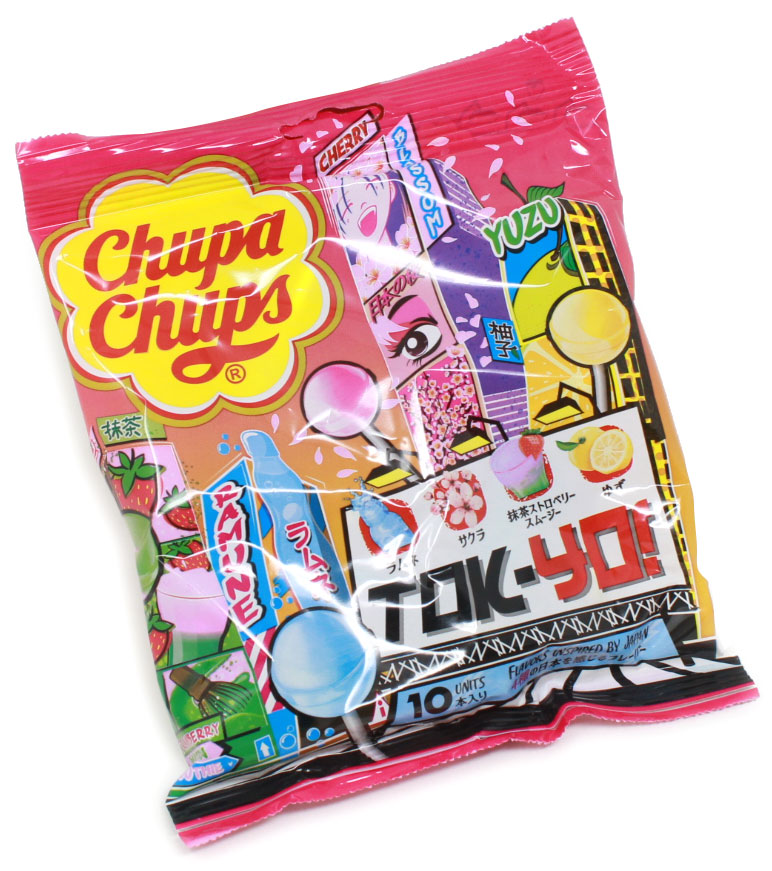The close ties between the Philippines and Japan is common knowledge by now. So is how prevalent Filipino otakudom has been since the 1970s. What if I told you that this love affair extends to a joint collaboration with Japanese creators? Enter Barangay 143: the first Pinoy anime of its kind, and perhaps the birth-pains of something more.
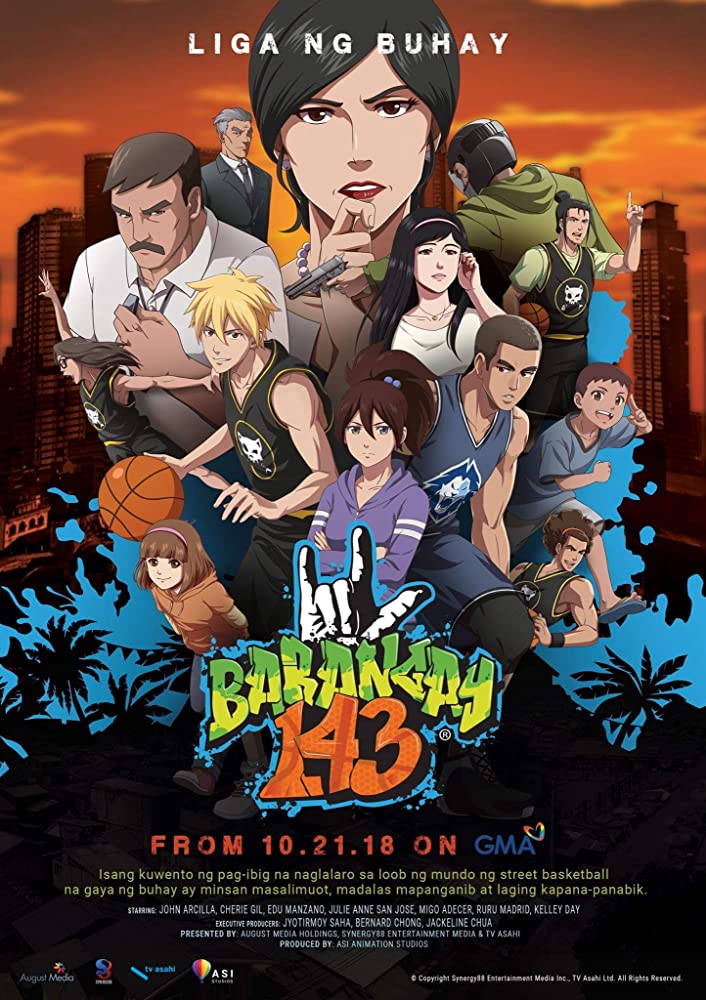
Produced by Synergy88 Entertainment Media, TV Asahi’s Shin-Ei Animation (of Doraemon and Crayon Shin-chan fame), and Singapore-based August Media Holdings, the 26-episode series ran on local network GMA from October 21, 2018, to June 30, 2019. Although the end result may not have been what director Jyotirmoy Saha intended, warts and all the show proved that the island country is more than capable of competently making its own anime, in sharp contrast to Bolivar el Héroe or Beauty and Warrior.
The anime’s official trailer, released shortly before its TV premiere, manages to showcase both its strengths and shortcomings. (Source: YouTube)
It’s one thing to hear about the anime, and another to see. What better way, then, to find out what makes the show work than checking it out?
Cross-Cultural Synthesis
Barangay 143 follows ex-sports star Bren Park (Migo Adecer) as he leaves a promising career in Korea for his mother’s birthplace of Manila, following a tragic accident. Winding up living with his former nanny, Tita Baby (Lorna Tolentino) in the titular barangay (Filipino for “village” or “neighborhood”), he searches for answers to his roots. Meanwhile, Roberto “Coach B” Sebastián, Sr. (John Arcilla), head of a local basketball team called the Puzakals, is also seeking justice for his son’s death. As their paths cross, they find new friends, a second family, and perhaps a new lease on life.
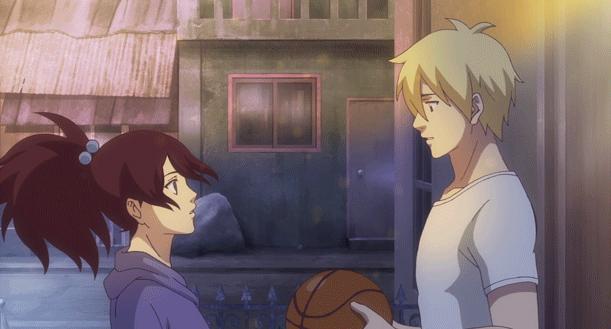
What’s rather interesting with the anime is how, though still recognizably Japanese-inspired, it manages to bring the Philippines to life in a way that can’t be replicated by tourism ads. From the megalopolis’ skyline down to the humble jeepneys that roll down the streets, you get the impression that the animators had done their research. There’s also a sense of grounded reality in how it doesn’t really whitewash the district of Tondo that it’s based on, be it the run-down slums or the gangland reputation. Indeed, Coach B’s backstory makes this clear, given his child’s murder at the hands of those same gangsters in the first episode.
Despite this, however, the show makes a conscious effort to show how the neighborhood and those living there aren’t charity cases or mere victims. This is reflected in the various characters, which run the gamut of local society. Be it the brash Batangueño upbringing of Pazakal player Koboy (Paolo Contis), the tough yet kind Vicky (Julie Ann San Jose), or the street-smart waterboy Buchoy (Raver Eda), these are all just ordinary people. Yet through adversity – be it with criminals like the shady Danny “Dandoy” Chan (Gary Lim), or the corruption and squalor that seem to pervade Manila, they still strive forward through life together. This motif of near-familial camaraderie and rising above, in spite of difficulties, is very much in tune with Filipino audiences, who’d find at least some aspects relatable.
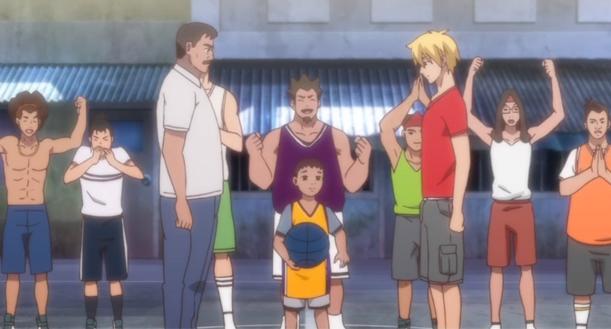
All this is presented through crisp visuals, thanks in part to Shin-El Animation. On top of the attention to detail placed on the locales, there’s a sense of vibrancy with what’s on-screen. Movement, whether it’s on the court or out in the streets, is particularly emphasized, and is most evident when it comes to the sports sequences. The overall designs, meanwhile, not only do a good job making each character distinct but also manage to reflect the blend of Japanese and Filipino stylings without looking out of place.
By most accounts, this seems like a decent formula for success. That being said, it’s not without its setbacks.
A Flawed Debut
If there’s a major hurdle that Barangay 143 has struggled to jump over, its execution would certainly count. For one, the performances can come off uneven, at best. While featuring a star-studded cast from TV and even basketball, it can feel as though most of them have little to no experience with voice acting in the same way as seiyuu would be. Whether or not you understand Filipino or Taglish, the colloquial English code-switching, it’s noticeably either lacking and drab at points, if not robotic. Though it does improve over time, this could still throw you off from the otherwise solid presentation.
A video review of the anime by popular Filipino Youtuber GLOCO, whose remarks on the series’ shortcomings are shared by more than a few local otakus. Circa 2018. (Source: YouTube)
This, in turn, doesn’t do much to help make the story itself stand out. While undoubtedly tapping into Filipino conventions, it also does so to a fault. Whether it’s the plotline involving Bren’s old Korean flame Jinri Choi (Kelley Day) turning into a love triangle, or the power plays among parents and the wealthy, these can come off as way too familiar for those who’ve seen more than a few telenovelas on local airwaves. As a result, the intended rapport could come across for local viewers as diluted, or outright derivative.
Such issues, however, don’t distract from how the anime has been a success. In addition to its pilot episode seeing a relatively high viewership rating of 4.4%, it’s seen a fair share of merchandise made, including two mobile games. The fairly mixed reception among Pinoy fans domestically hasn’t stopped the show from earning accolades across the region, notably winning “Best [2D] Animated Programme” at the 24th Asian Television Awards in 2019 among others, with its theme song by Gloc-9 winning similar praise. That these may have contributed to Synergy88 gaining another collaborative anime project, this time with Netflix, in the form of Dino Girl Gauko, isn’t to be scoffed at, either.
Released a year before the anime it’s meant to help promote, the same studio produced Barangay 143: Street League, a rather competent mobile game that for a time even was a top-trending app on Google Play. (Source: YouTube)
While Barangay 143 certainly would have needed more polish, it’s still is a solid work in its own right. As the Philippines’ first major animated show of its type, it’s not only a reassuring sign that Japanese nerd culture can transcend borders, but also that Filipinos are more than up to the task.


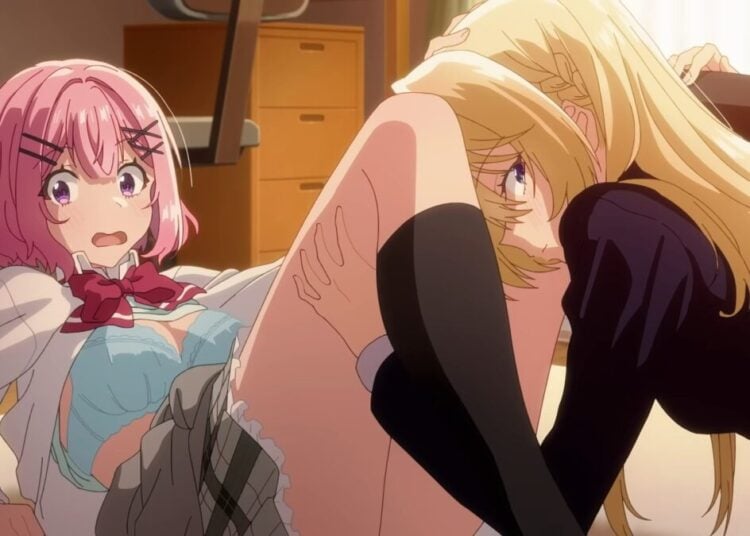
![Sawaranaide Kotesashi Kun Episode 12 [END] Featured Image](https://blog.jlist.com/wp-content/uploads/2025/12/Sawaranaide-Kotesashi-kun-Episode-12-END-Featured-Image-750x536.jpg)




